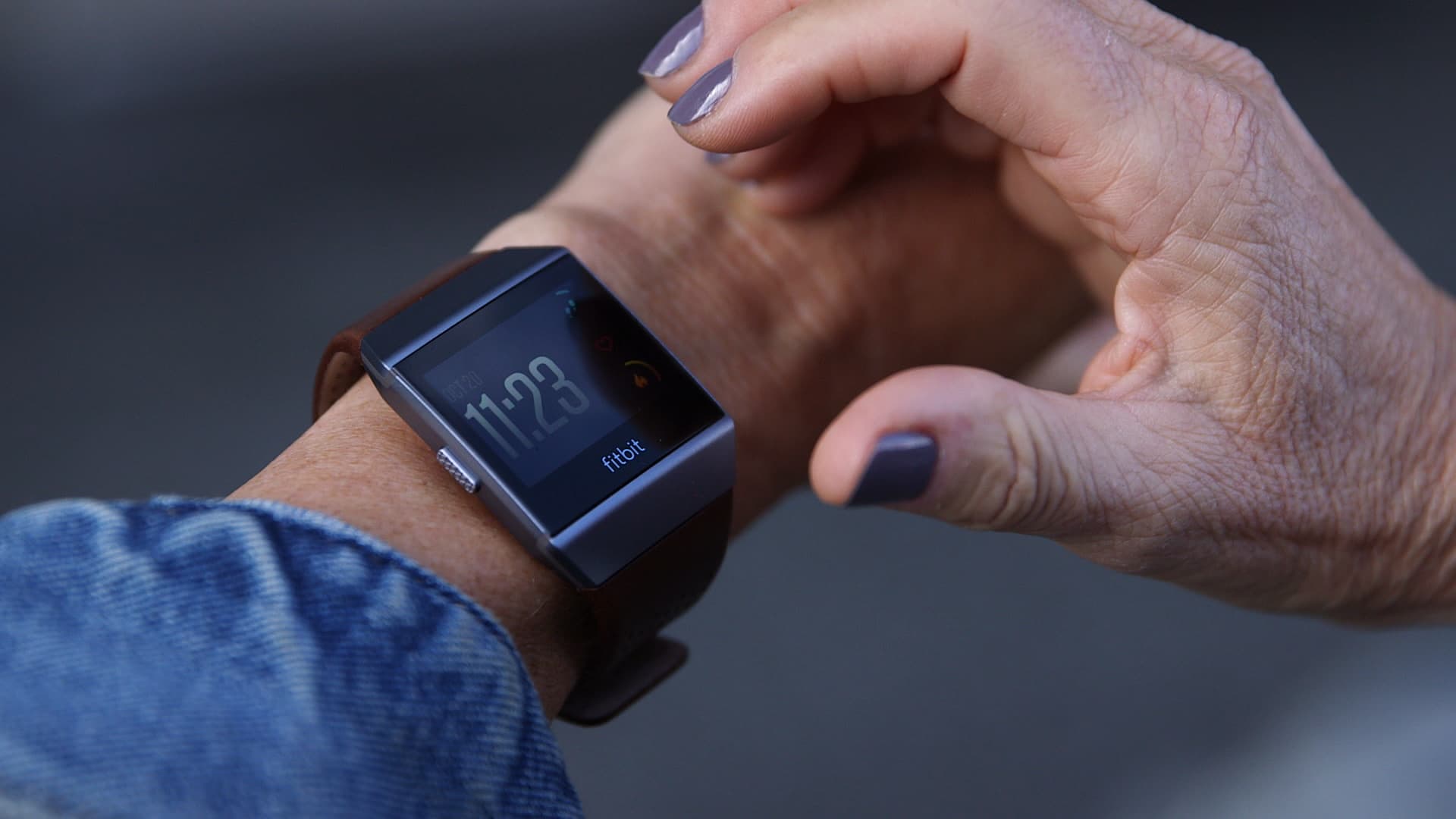Apple announces new iPad Pros with OLED displays and thinnest design ever
Image: AppleAt its “Let Loose” virtual event this morning, Apple introduced its long-awaited iPad Pro updates. The new 13-inch and 11-inch tablets have a fresh design, more powerful internals, and a thinner profile than ever before, and they come...
/cdn.vox-cdn.com/uploads/chorus_asset/file/25437052/Screenshot_2024_05_07_at_10.13.26_AM.png)
At its “Let Loose” virtual event this morning, Apple introduced its long-awaited iPad Pro updates. The new 13-inch and 11-inch tablets have a fresh design, more powerful internals, and a thinner profile than ever before, and they come with a major display upgrade. As rumored, Apple has switched to OLED screens on both sizes, bringing perfect blacks, richer color saturation, and enhanced contrast to its flagship iPads. Oh, and the front-facing camera is now in the correct (landscape) position for video calls.
The iPad Pros use a tandem OLED structure that allows the display to reach 1,000 nits of peak full-screen brightness — just like the Mini LED model before it — and 1,600 nits for HDR content. The 13-inch model measures just 5.1 millimeters thick, which Apple says is its thinnest device ever. (The 11-inch is 5.3 millimeters thick.) For those who prefer a matte display finish, a nano-texture glass coating will be available for the first time with these iPad Pros.
The base storage for both models is now 256GB, with prices starting at $999 for the 11-inch and $1,299 for the 13-inch. Both are available for preorder today and will be available in stores on May 15th. If you fully kit out the 13-inch model with 5G and a nano-texture glass coating, you hit $2,599 (before accessories) — true high-end laptop pricing for a device that Apple envisions now more than ever as a laptop replacement.
Image: Apple
As rumored, Apple has skipped the M3 chip altogether and is equipping the iPad Pro with its very latest silicon, the M4 chip. Apple says the CPU is 50 percent faster than the M2 chip found in the previous-gen iPad Pro. As for efficiency games, Apple claims the M4 can deliver the same performance as the M2 using just half the power. Thermal performance has also improved by 20 percent.
The rear 12-megapixel f/1.8 camera is now better at document scanning thanks to image stitching and an adaptive flash. And as mentioned, the Face ID camera has been swapped to the landscape position, so it won’t seem like you’re looking off to the side on video calls or FaceTimes anymore.
Image: Apple
The new iPad Pros are also getting an accessory refresh. The Magic Keyboard has been given a more premium finish with an aluminum palm rest, and it now has a function key row. The Apple Pencil Pro now supports squeeze gestures and Find My location tracking. And it contains a gyroscope, which allows artists to roll their brush when drawing. Similar to Microsoft’s Surface Pen, the Apple Pencil Pro also now includes haptic feedback.
Image: Apple
Apple’s decision to switch from LCD to OLED brings numerous benefits. The iPad Pro will now be capable of much greater contrast, allowing for perfect black levels and greater immersion when watching videos. And creative professionals / artists will no longer need to deal with blooming — when bright content bleeds into surrounding dark areas on-screen — since OLED provides per-pixel brightness precision.
The move to OLED also means that both sizes of the iPad Pro will now offer the same level of display quality. Starting in 2021, the larger 12.9-inch model featured a Mini LED display that outperformed the smaller iPad Pro and its more traditional screen on many fronts. This mismatch continued with the M2 revision.
But now, you’ll get a similar experience even if you prefer the handling of the less cumbersome tablet. In my experience, the big iPad Pro can often feel like a laptop replacement when paired with a keyboard, whereas the smaller size always preserves its tablet origins and can be more comfortable for reading. It’s just more pleasant to hold over longer stretches of time — but you’ve got less screen real estate to work with. I’ve grown accustomed to the larger size and would probably still lean that way between the two.

 ValVades
ValVades 






























